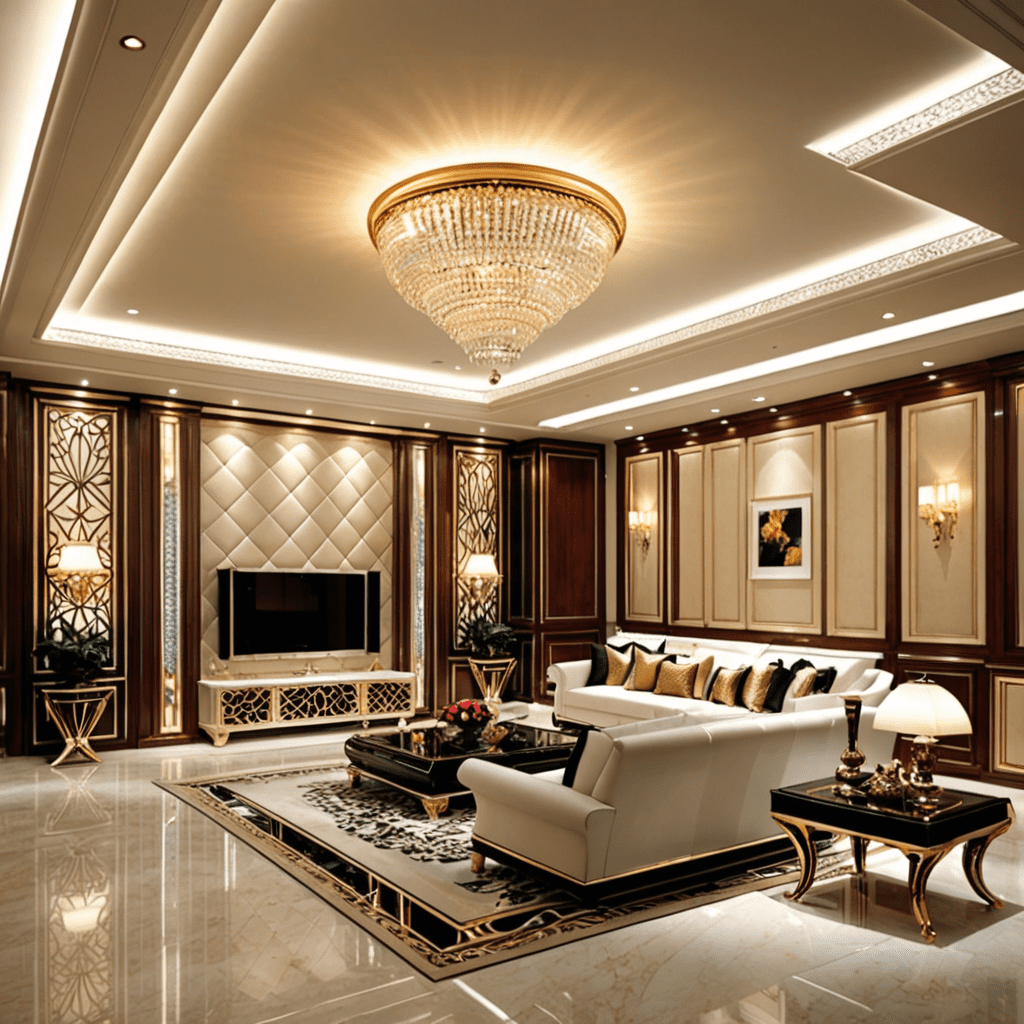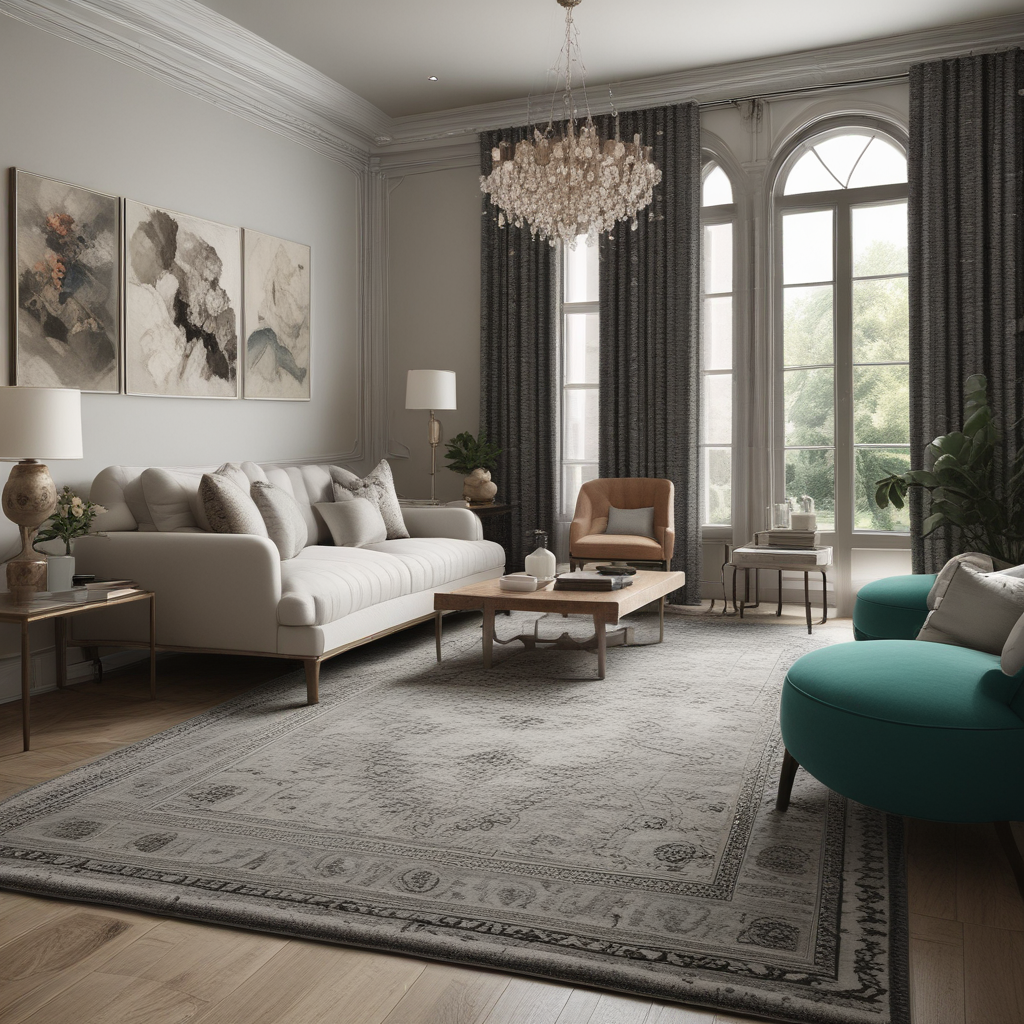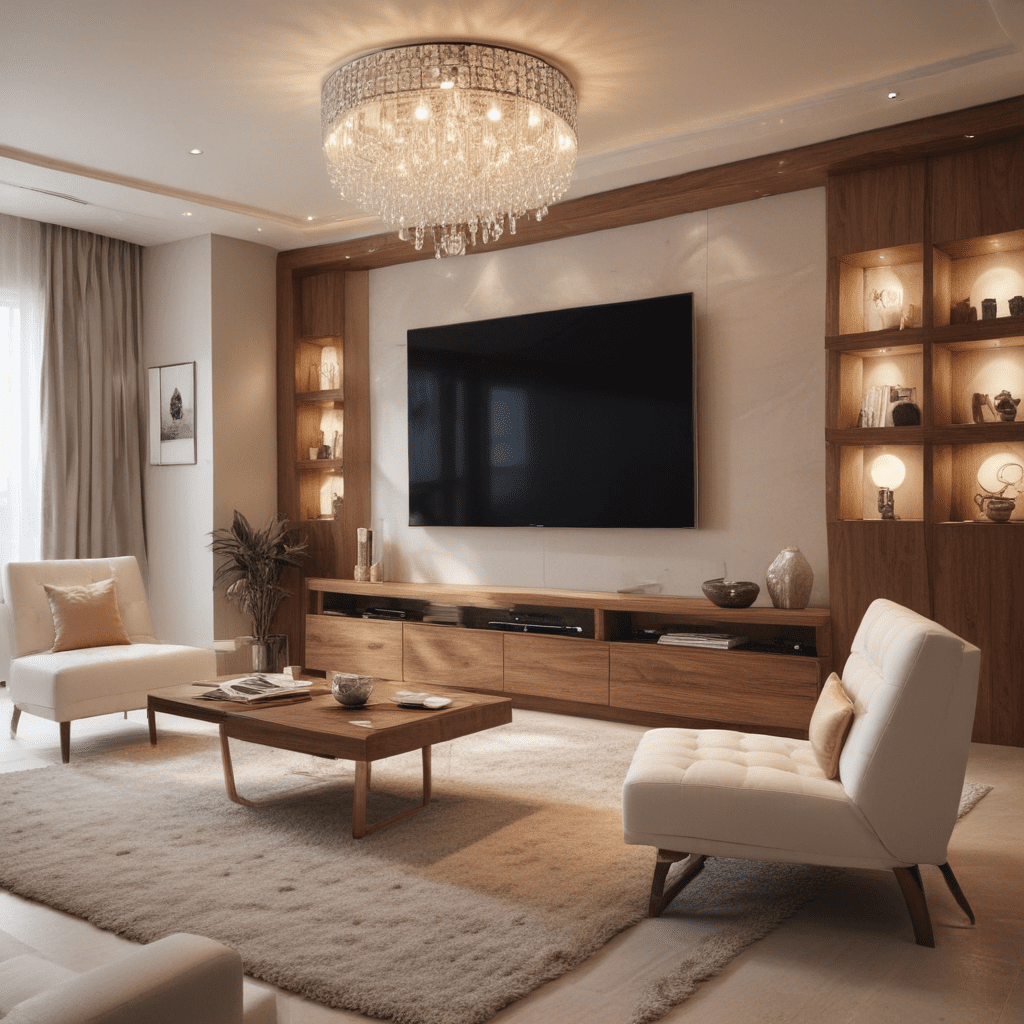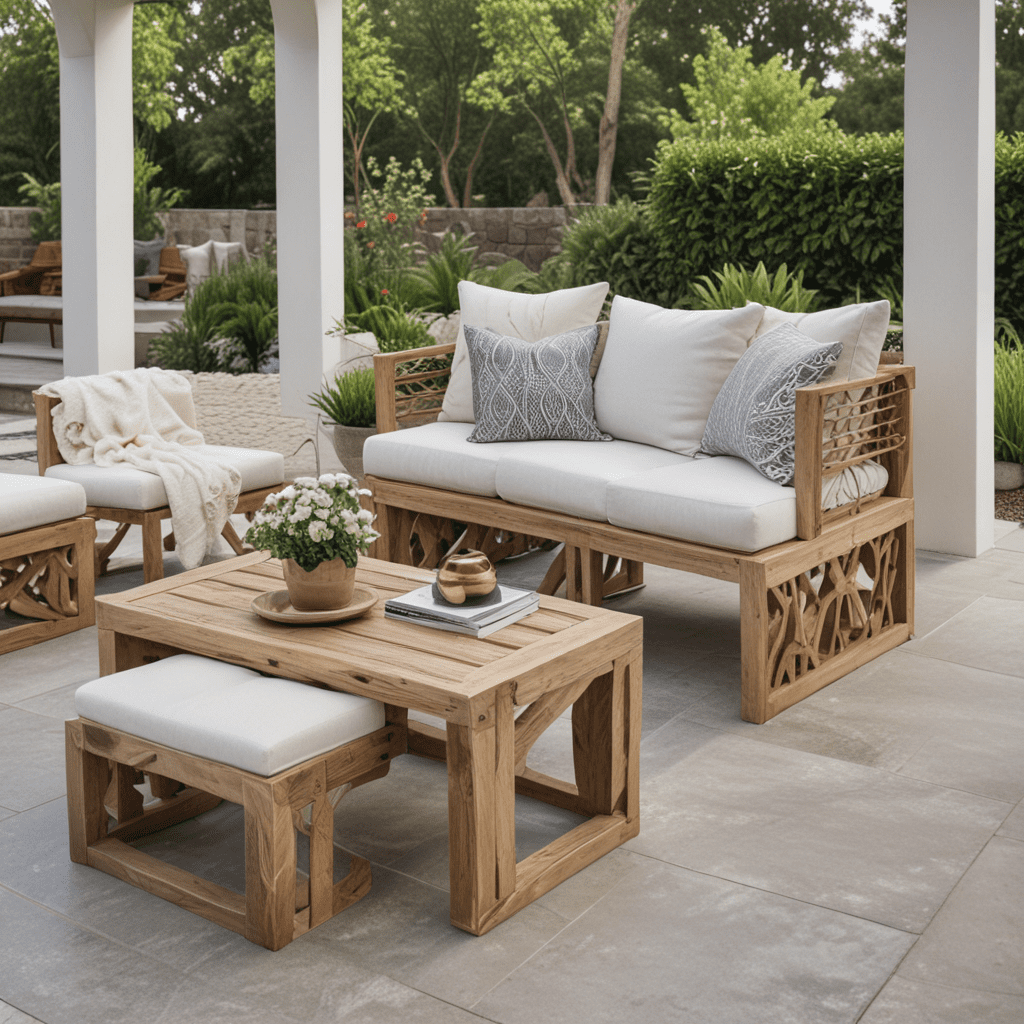How to Maximize Natural Light in Your Home
Introduction
When it comes to creating a comfortable and inviting living space, interior design plays a crucial role. It is not just about making your home visually appealing; it is about designing a space that reflects your personality and meets your needs. One of the key aspects of interior design is maximizing natural light, as it can transform a room and create a sense of openness. In this article, we will explore the importance of natural light and discuss how you can make the most of it in your home.
Key Elements
To maximize natural light in your home, it is essential to consider several key elements of interior design. These elements can have a significant impact on the amount of light that enters your space and how it is distributed throughout.
Element 1: Color Palettes
Choosing the right color palette for your walls, floors, and furniture can greatly influence the amount of natural light in a room. Lighter colors, such as whites and pastels, tend to reflect light and make a space feel brighter. On the other hand, darker colors absorb light and can make a room feel smaller and more enclosed. Opting for light, neutral tones in your color scheme can help maximize the natural light in your home.
Element 2: Furniture Arrangement
The way you arrange your furniture can also impact the amount of natural light in a room. Avoid placing large, bulky pieces of furniture in front of windows as they can block the light. Instead, opt for open and airy furniture arrangements that allow light to flow freely. Consider using furniture with legs or transparent materials to create a sense of lightness and maximize the natural light in your space.
Element 3: Lighting
Although we are focusing on natural light, it is important to mention the role of artificial lighting in interior design. Having a well-thought-out lighting plan can enhance the natural light in your home. Use a combination of ambient, task, and accent lighting to create a layered lighting scheme that complements the natural light during the day and provides adequate illumination at night.
Element 4: Window Treatments
Window treatments play a crucial role in controlling the amount of natural light that enters a room. Opt for sheer curtains or blinds that allow light to filter through while maintaining privacy. Avoid heavy drapes or dark-colored curtains that can block out natural light. If privacy is a concern, consider using frosted window film or using window coverings that offer a combination of privacy and light control.
Element 5: Mirrors and Reflective Surfaces
Strategically placing mirrors and reflective surfaces in your home can help bounce natural light around the space, making it feel brighter and more spacious. Position mirrors opposite windows to reflect light back into the room. Additionally, consider incorporating reflective surfaces, such as glass tabletops or metallic accents, into your decor to create a sense of light and openness.
Tips for Choosing Furniture
When selecting furniture for a space that aims to maximize natural light, consider the following tips:
- Choose furniture that is proportional to the size of the room. Oversized furniture can make a space feel cramped and obstruct the flow of natural light.
Opt for light-colored furniture upholstery, which can help reflect natural light and make a room feel brighter.
Consider furniture with slim profiles and open bases to create a sense of lightness and allow light to pass through.
Opt for furniture pieces made of materials that have reflective properties, such as glass or polished metal, as they can help enhance the natural light in a room.
Consider multifunctional furniture that maximizes both style and functionality, such as storage ottomans or sleeper sofas, to make the most of your space.
Incorporating Art and Decor
Artwork and decor have the power to enhance the ambiance of a room and add character to your space. When it comes to incorporating art and decor into a room that aims to maximize natural light, consider the following ideas:
- Hang large-scale artwork on walls opposite windows to create a focal point that draws the eye towards the natural light source.
Choose art pieces with lighter color palettes or reflective elements, such as metallic or glass accents, to enhance the brightness of the room.
Incorporate decorative mirrors into your decor. Not only can they help reflect natural light, but they can also create the illusion of a larger space.
Use light-colored and translucent decorative accessories, such as vases or sculptures, to add visual interest without obstructing the flow of natural light.
Consider incorporating plants into your decor. Not only do they add a touch of nature, but they can also create texture and depth while still allowing natural light to filter through.
By considering these tips and being mindful of the key elements of interior design, you can create a space that maximizes natural light and enhances the overall look and feel of your home.
Remember, interior design is a multidimensional field, and trends are constantly evolving. It is essential to stay informed and keep up with emerging styles and design principles. Experiment, have fun, and create a space that truly reflects your personal style and meets your needs. Happy designing!





